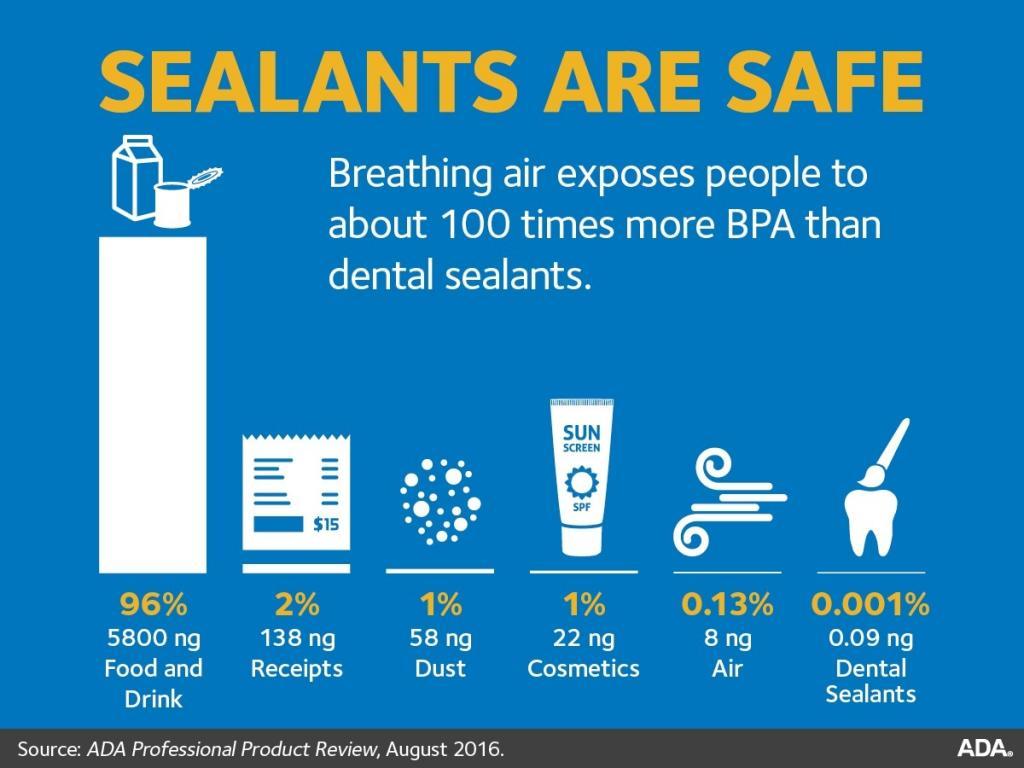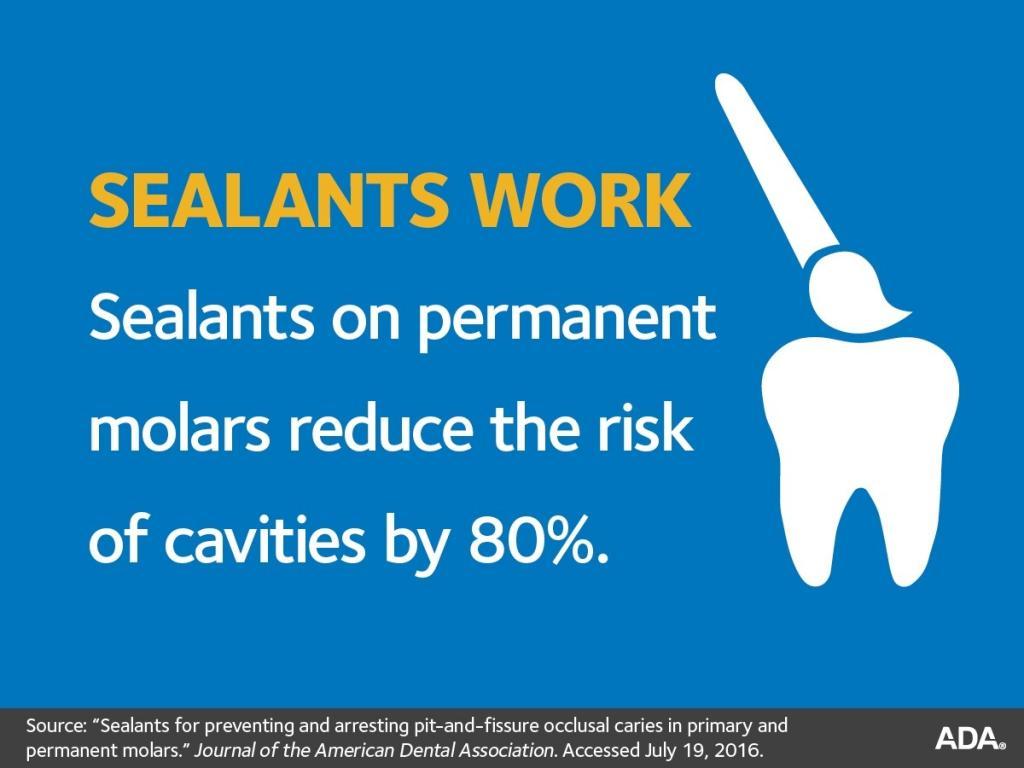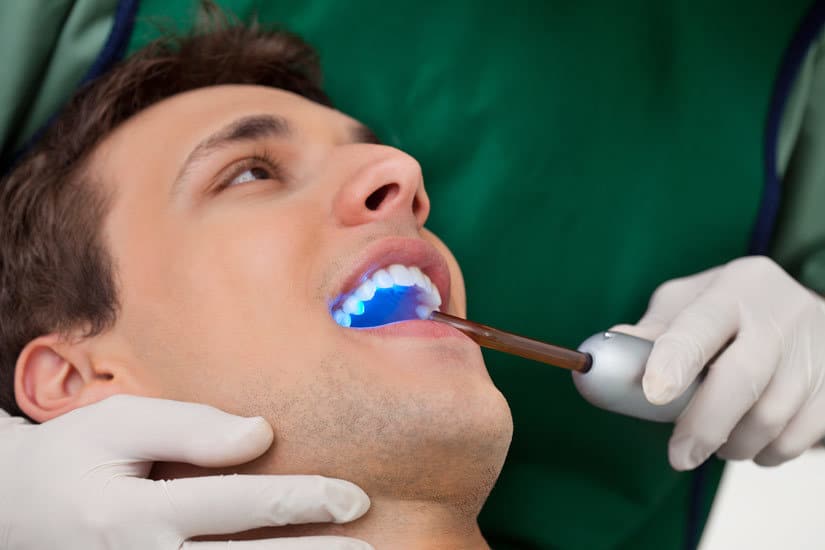knowledge for peace of mind
Would you like to protect your teeth from future decay?
Dental sealants are an easy preventative treatment that can be used alongside good oral healthcare to reduce the risk of cavities in children and adults…
what are dental sealants?
Dental sealants are systems that can be applied to the chewing surface of teeth to fill in the grooves and pits (areas most often showing cavities) to help prevent the development of cavities. Studies show that sealants on permanent molars can reduce the risk of cavities by 80%.
symptoms
you might want dental sealants if you…
Do you want to protect your teeth from cavities and tooth decay? Brushing and flossing removes food and plaque from the smooth surfaces of your teeth, but the nooks and crannies of the back teeth are difficult to keep clean.
A sealant forms a shield over these areas prone to decay to prevent future issues.
- Have a full complement of baby teeth
- Have newly erupted permanent molars (6 & 12 year old molars)
- Have a higher risk of developing cavities
what to expect during the placement of sealants
Having sealants applied typically involves one appointment at the office. Read on for timings and how to prepare.
At your visit
The grooves and pits of teeth are treated with a tooth conditioner. We like to share with children the explanation that ‘we are putting tooth shampoo on their tooth’!
The conditioner is washed off and the teeth are dried very well. Cotton will be used as well to help with keeping the area dry.
Sealant material is then gently applied within the grooves and pits of teeth.
Once application is finished, an ultraviolet curing light is used to harden the material.
advice & tips
sealant safety
Although dental materials used to treat and prevent caries (including dental sealants) can contribute to very low level bisphenol A (BPA) exposure for a few hours after placement—the current evidence is that there are no health concerns relative to BPA exposure from any dental material.


Statistics from the ADA
aftercare
after your dental sealants…
To ensure the best outcome for the procedure, it is important to:
- Practice the recommended oral hygiene measures at home–twice a day brushing with a fluoride toothpaste and good flossing techniques.
- Visit the dentist for cleaning and checkups regularly.
dental sealants faqs
answering your questions about dental sealants…
Will people be able to see the dental sealants?
No, not unless they are a dental professional working in your mouth! They are clear or white and will be invisible unless very closely inspected.
How long will dental sealants last?
Sealants can last up to ten years, but will need to be inspected by the hygienist or dentist to ensure they aren’t chipped or worn away.
Will dental sealants hurt?
This procedure is painless. It’s not really any different than brushing your teeth, but we are using a smaller brush to paint a substance around the surface. They harden very quickly and you won’t be able to feel them on your teeth.
How long after a dental sealant can I eat?
The sealants will harden before you’ve left the dentist’s chair. You can eat or drink after your appointment as long as the dentist says it’s okay.
Do I still have to brush my teeth if I have dental sealants?
Yes! Dental sealants can reduce the risk of cavities by 80%, but only when normal hygiene practice is followed. This means brushing your teeth twice a day with a fluoride toothpaste and cleaning between your teeth with floss.
Have more questions? Please call us at 480-608-5444 or email us and we’ll be able to talk you through the process.



